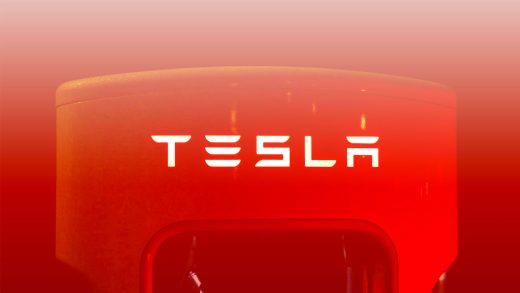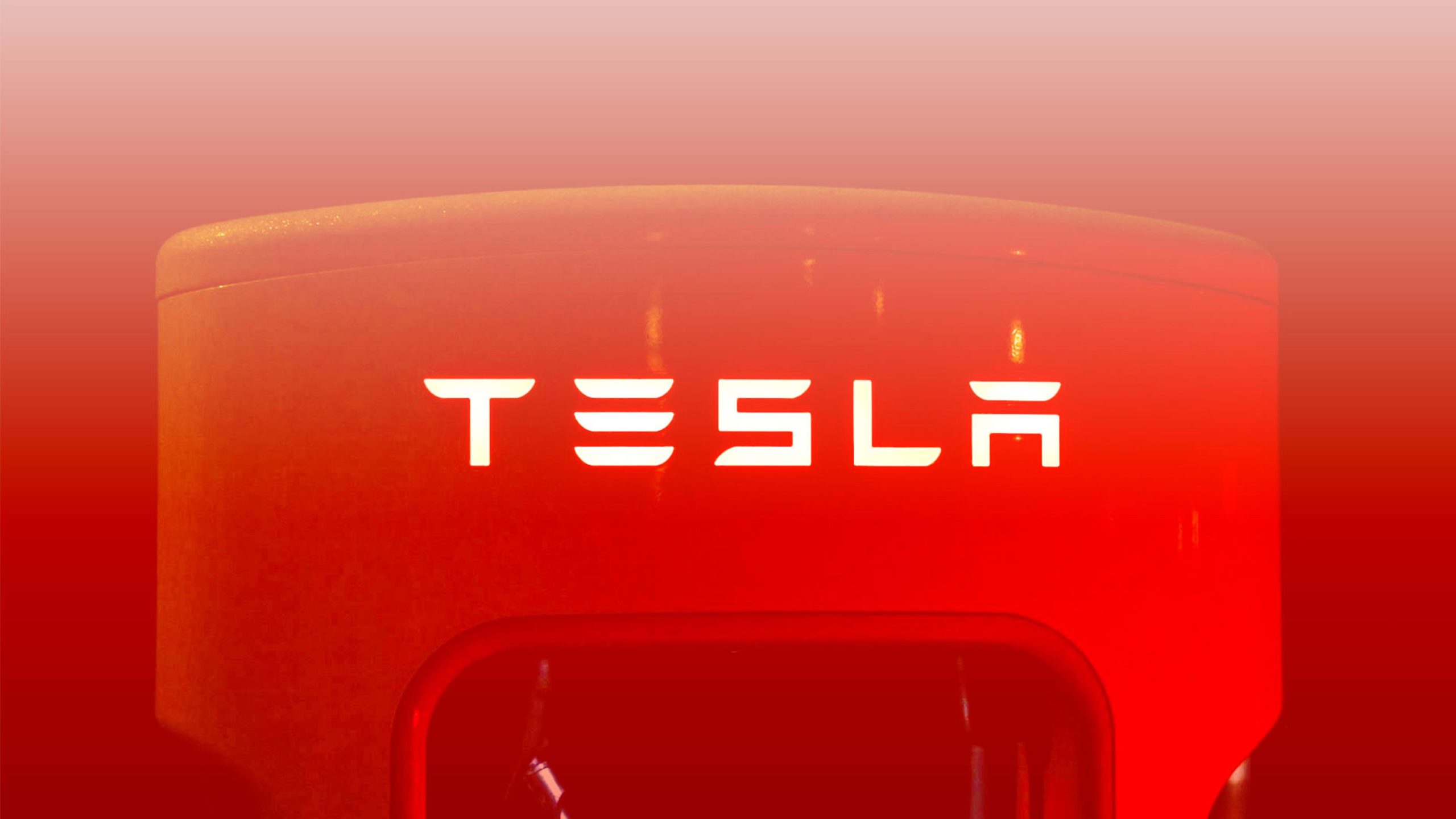Tesla had a miserable quarter. Why TSLA stock rising?
Tesla had a miserable quarter. Why is TSLA stock rising?
Buried in the earnings release, Tesla did something it doesn’t typically do: It gave investors some firm dates on near-term plans.
BY Chris Morris
There’s very little good news in Tesla’s Q1 earnings. Earnings per share and revenues both missed analyst expectations. Vehicle deliveries were at their lowest level since the third quarter of 2022. But in the after-hours market, shares of TSLA stock quickly soared by more than 8%. What’s going on?
Tesla reported earnings of 45 cents per share, compared to expectations of 51 cents and revenues of $21.03 billion, versus an expected $21.15 billion. Typically, that big of a miss would be a pile-on event for investors. But buried in the earnings release, Tesla did something it doesn’t often do: It gave investors some firm dates on its near-term plans.
Specifically, the company gave some insight into its plans to launch new, more affordable vehicles. And they’re not only coming sooner than expected, the company won’t have to build new manufacturing lines to assemble them.
“We have updated our future vehicle line-up to accelerate the launch of new models ahead of our previously communicated start of production in the second half of 2025,” the company wrote. “These new vehicles, including more affordable models, will utilize aspects of the next generation platform as well as aspects of our current platforms, and will be able to be produced on the same manufacturing lines as our current vehicle line-up.”
While Elon Musk prefers to focus on the longer term, with an emphasis of late on autonomous robotaxis, his track record of incorrectly forecasting release dates for big advances and new products leads investors to assume that it could be 5 to 10 years (or more) before robotaxis begin to hit the road.
Given the ongoing slowdown of consumer interest in electric vehicles, investors wanted to know what the company was planning to do to keep revenues up between now and then. With the move-up of the cheaper model, now they have some ideas.
The earnings also had the magic words investors love: Cost reductions. Tesla has already told Texas officials it plans to cut 2,700 positions at its Austin facility. That came after the company told New York officials it would be laying off 285 people at its Buffalo plant a week ago.
The price of TSLA stock is down 42% year to date and pressure is building on Musk to clearly share his vision of how the company will evolve. Some of that might come during the earnings call with analysts, but the earnings themselves point to him being all-in on autonomy.
“Our company is currently between two major growth waves: the first one began with the global expansion of the Model 3/Y platform and we believe the next one will be initiated by advances in autonomy and introduction of new products, including those built on our next generation vehicle platform,” the earnings report reads.
Elsewhere it adds, “We have been investing in the hardware and software ecosystems necessary to achieve vehicle autonomy and a ride-hailing service.”
The key to that seems to be the full-self-driving (FSD) capabilities in Tesla vehicles. Tesla just cut the price of that system by one-third to $8,000. Part of the reason for that, it appears, is the data the company gathers from those subscriptions will be used to help train the robotaxi service Musk will formally unveil in August.
“A scalable and profitable autonomy business can be realized through a vision-only architecture with end-to-end neural networks, trained on billions of miles of real-world data,” the company wrote. “Since the launch of FSD (Supervised) V12 earlier this year, it has become clear that this architecture long pursued by Tesla is the right solution for scalable autonomy.”
ABOUT THE AUTHOR
(15)



